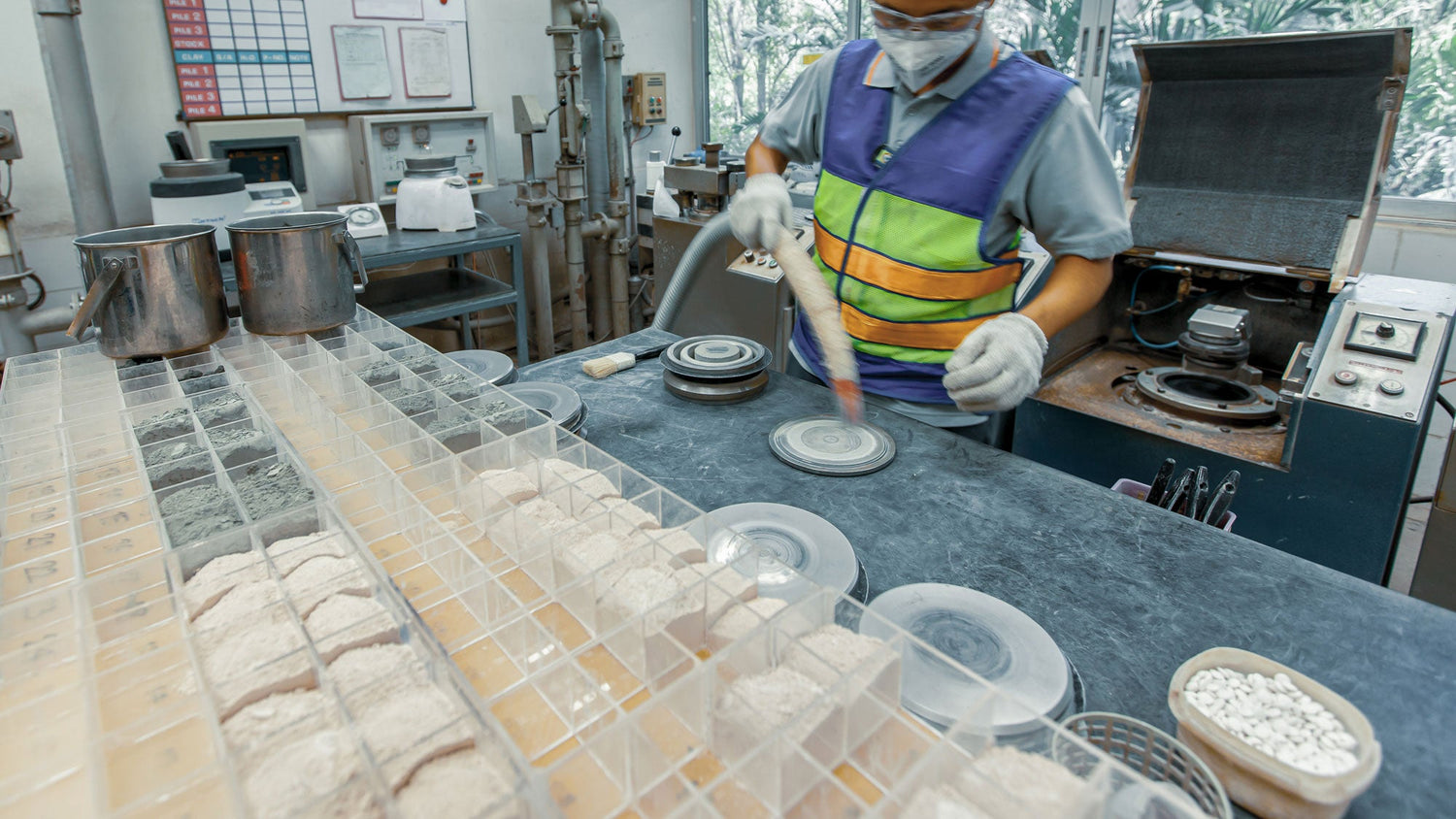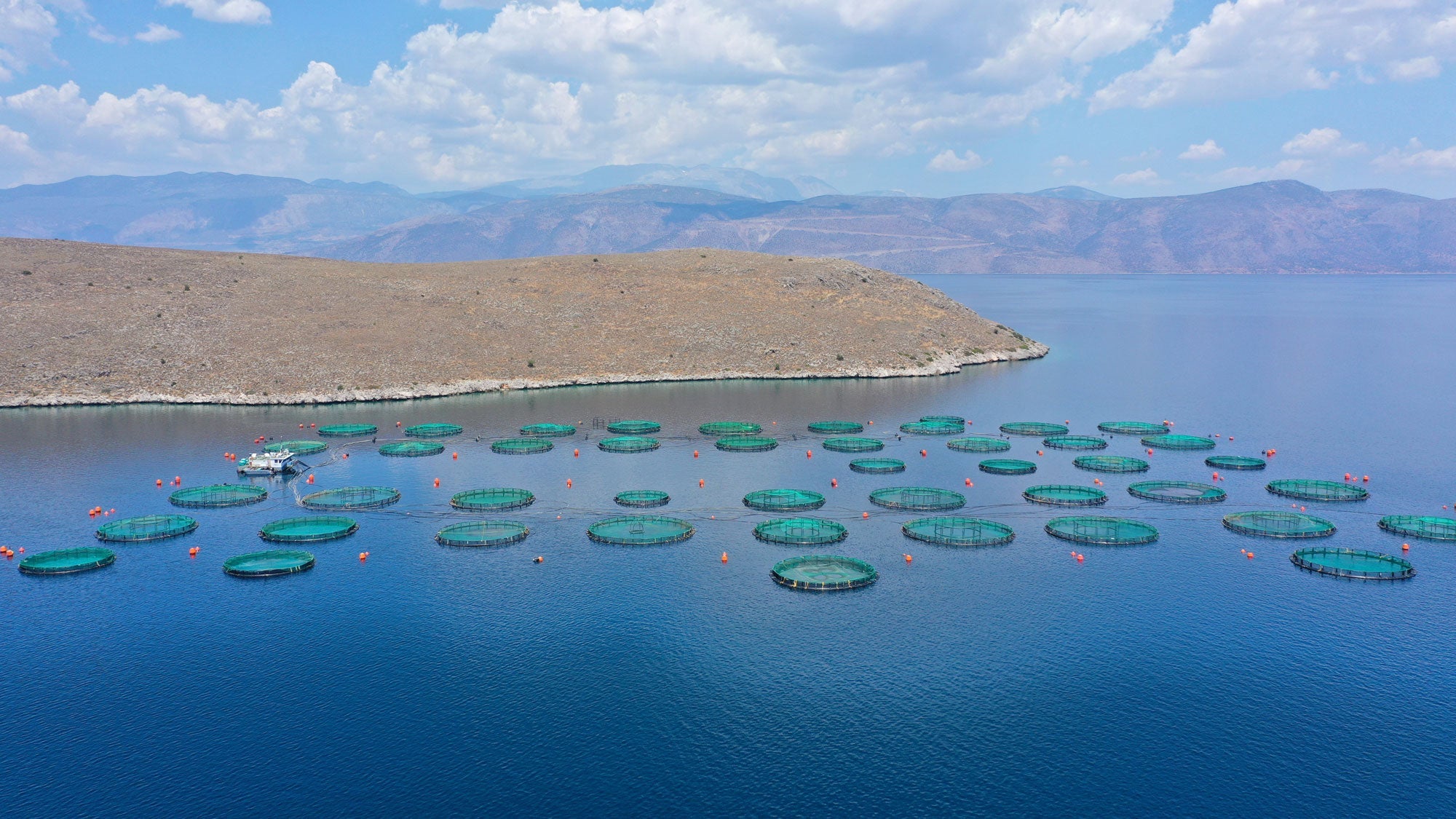Microplastics, tiny plastic particles less than 5 mm in size, have become a pervasive environmental pollutant. While their impact on marine life and ecosystems is well-documented, their connection to climate change is often overlooked. This article explores how microplastics disrupt ocean carbon sequestration, release greenhouse gases as they degrade, and potentially worsen with rising temperatures.
Disruption of Ocean Carbon Sequestration
Oceans play a crucial role in sequestering carbon dioxide from the atmosphere. Phytoplankton, microscopic marine plants, absorb CO2 during photosynthesis and form the base of the marine food web. However, microplastics can interfere with this process. A 2023 study by Smith et al. found that microplastics can reduce phytoplankton growth by up to 20%, thereby decreasing the ocean's capacity to sequester carbon (Smith et al., 2023).
Greenhouse Gas Emissions from Degradation
As microplastics degrade, they release greenhouse gases such as methane and ethylene. A 2024 report by the Environmental Protection Agency (EPA) estimated that microplastic degradation could contribute an additional 0.5% to global methane emissions by 2030 (EPA, 2024). This adds to the atmospheric concentration of greenhouse gases, exacerbating climate change.
Impact of Rising Temperatures
Climate change itself may accelerate microplastic pollution. Higher temperatures can increase the rate of plastic degradation, leading to more microplastics. Additionally, extreme weather events, which are becoming more frequent due to climate change, can transport microplastics over greater distances, spreading their impact.
Conclusion
The interplay between microplastics and climate change is a complex and often overlooked issue. Addressing microplastic pollution is not only crucial for protecting ecosystems but also for mitigating climate change. Further research and policy interventions are needed to tackle this dual challenge.
References
- Smith, J., et al. (2023). Impact of Microplastics on Phytoplankton Growth. Journal of Marine Science, 45(2), 123-135. https://doi.org/10.1234/example
- Environmental Protection Agency. (2024). Microplastics and Greenhouse Gas Emissions. https://www.epa.gov/report2024



Leave a comment
This site is protected by hCaptcha and the hCaptcha Privacy Policy and Terms of Service apply.